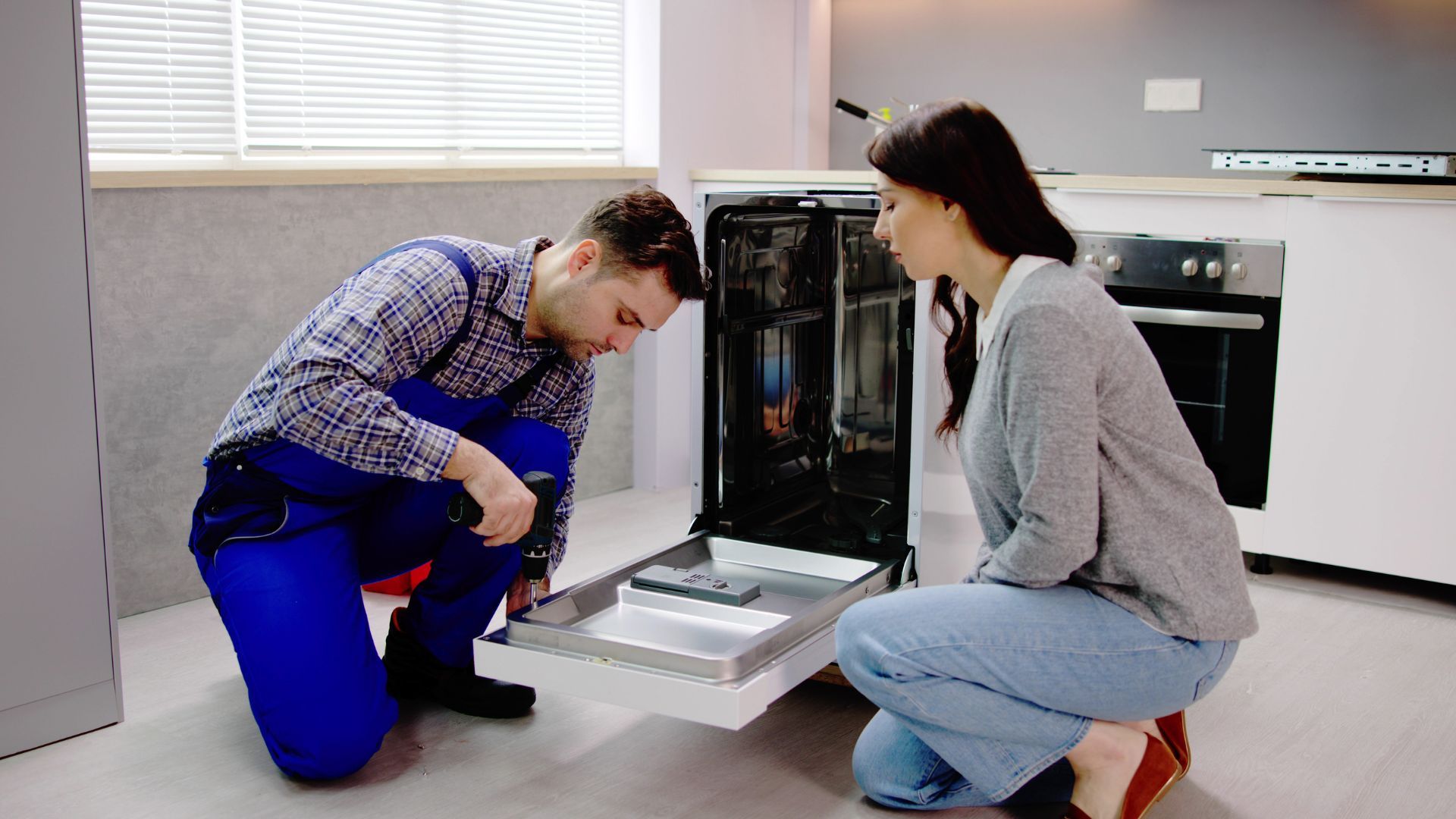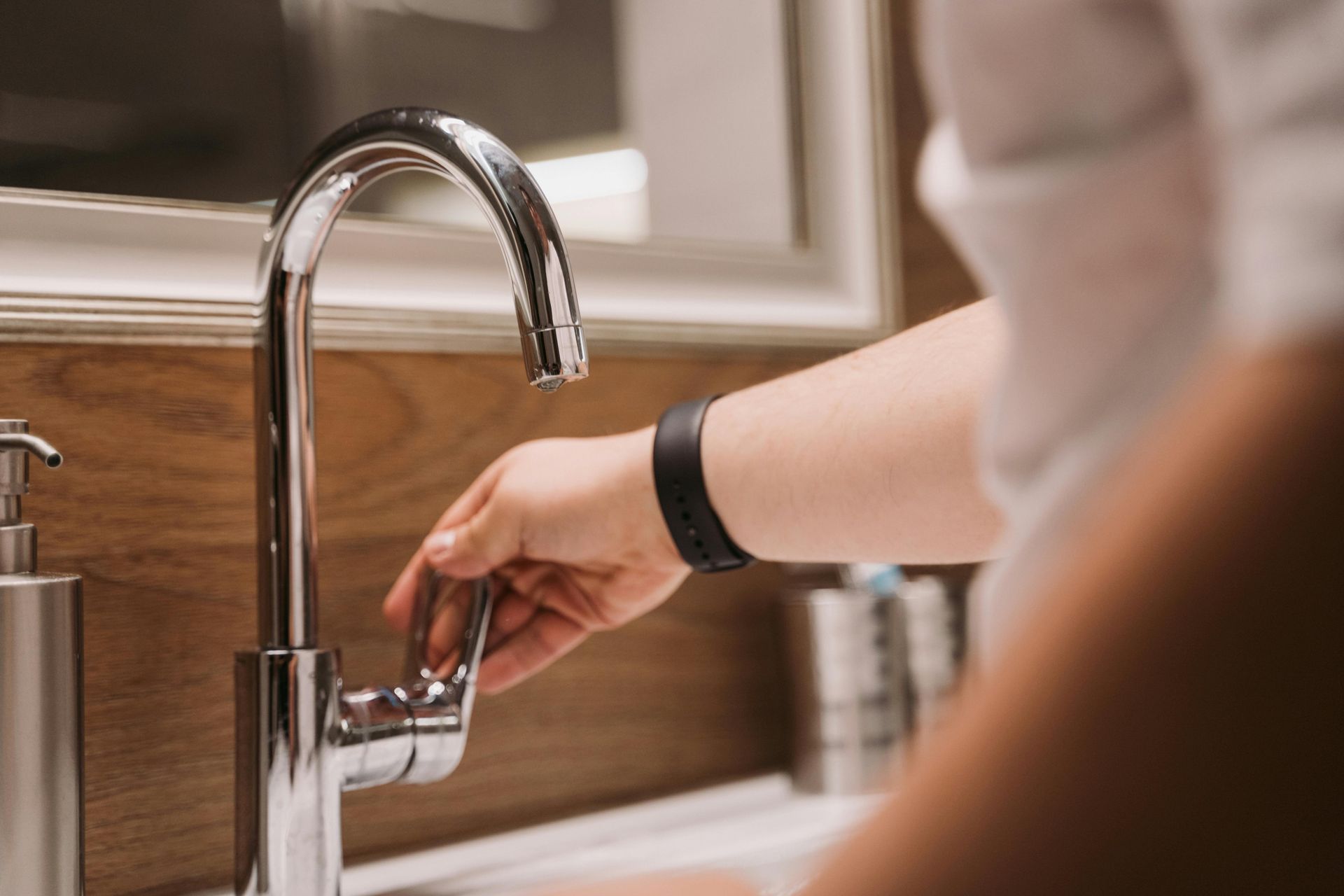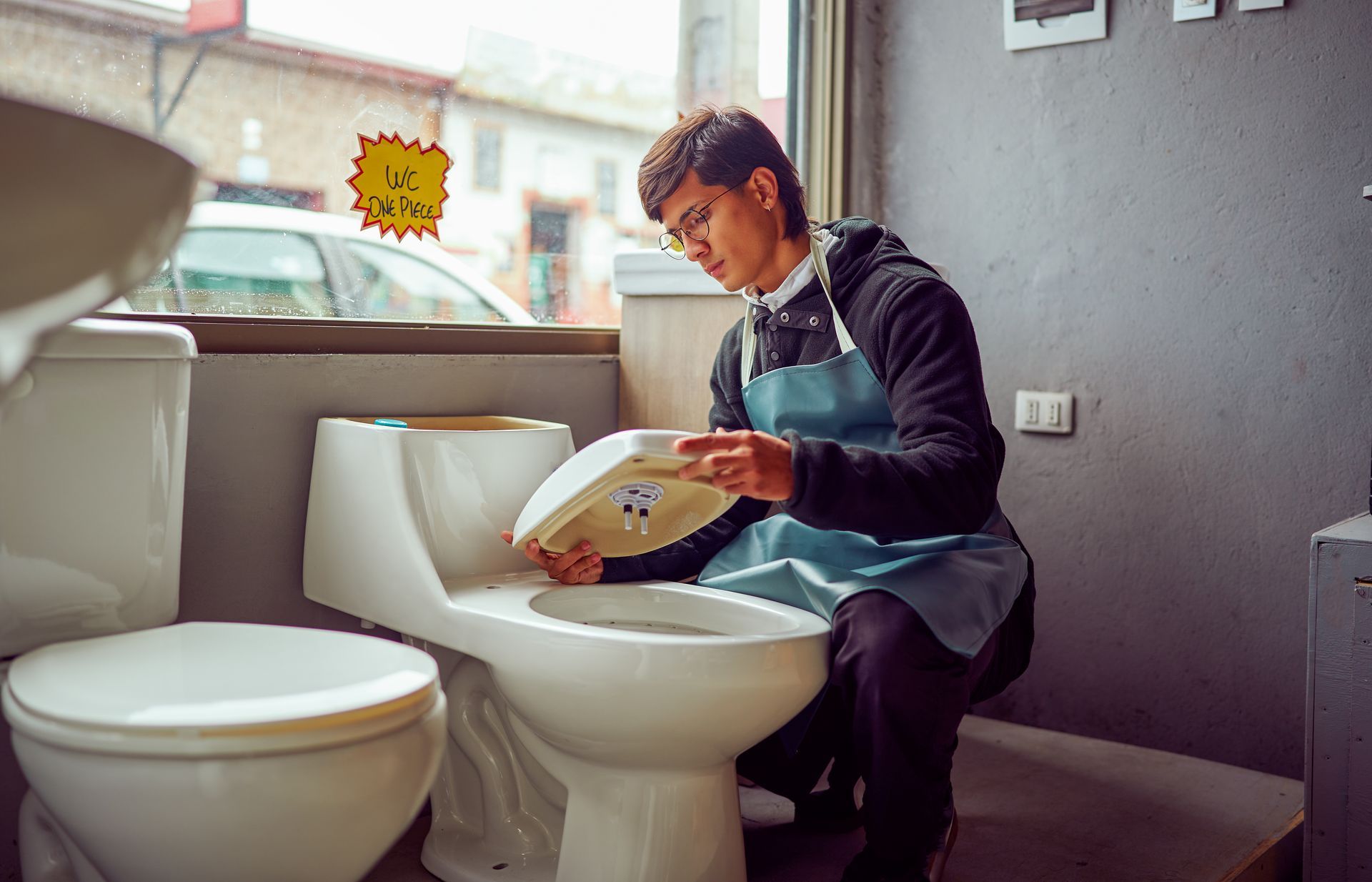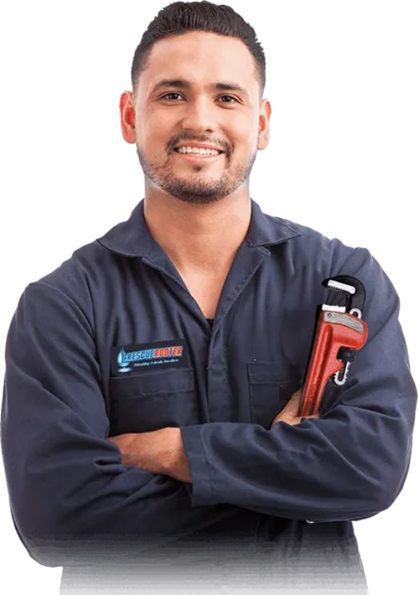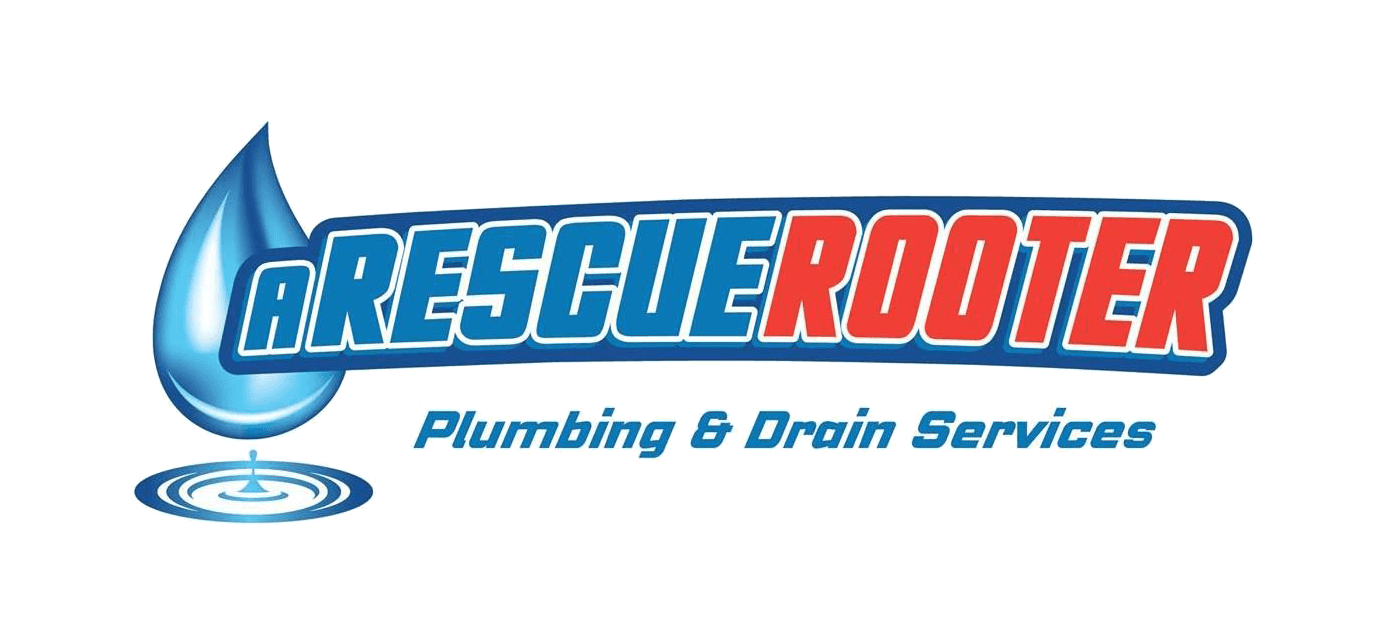Learn the basics of diagnosing plumbing issues and what you should do if your home has a plumbing emergency.
A problem with your plumbing is an emergency to you in St. Catharines.
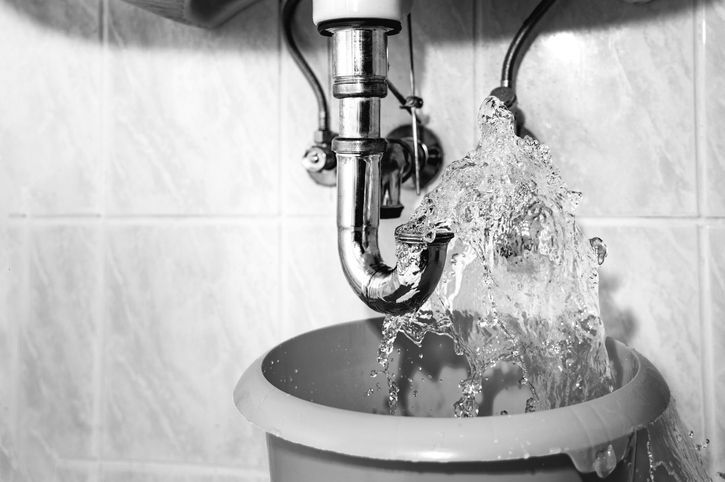
Just think you want to shower, wash your dishes and clothes or even flush the toilet. If you can’t do any of these or more, that’s basically a plumbing emergency.
If you’re having trouble flushing your toilet and can’t resolve the clog yourself by plunging or using a mix of baking soda and vinegar, you may have a nasty, stubborn clog that needs the help of St. Catharines plumber. You may have discovered you have a leaky toilet. If you have water surrounding the base of the toilet, chances are there are bigger issues with the toilet. This could become an urgent emergency in St. Catharines.
An urgent situation is a pipe that has burst. You could’ve discovered water where if doesn’t belong. If so, turn off the water immediately to prevent further water damage from occurring. After you have called A Rescue Rooter in St. Catharines, it’s a good idea to turn off the electricity to be safe. It’s also a good idea to open the windows where there is water damage. Your insurance company and plumbing professional will offer advice on dealing with the aftermath of a burst pipe.
If your sewer is backed up, that is a definite emergency that the St. Catharines plumber at A Rescue Rooter can deal with for you and clear it out. The same goes with broken water lines located inside and outside your home. With both of these issues you may not have water.
You may not think a leaky faucet is an emergency. They are actually a common emergency in older homes because if the leaky faucet is ignored the faucet or adjoining pipes will wear out and cause even bigger issues that are damaging and costly.
If you have a clogged sink, the sink will drain slowly. A serious clog is an indication of untreated clogged pipes. This is in fact a plumbing emergency in St. Catharines because you will may not be able to cook or use the sink as you normally would.
If you don’t have hot water, chances are you’ve got issues with the hot water heater. Not having hot water at home is an emergency. Have your hot water repaired immediately because it could be the start of larger issues.
For all your plumbing repairs in St. Catharines, call A Rescue Rooter at (905) 685-7578. There is never a premium charge for your emergency! A Rescue Rooter's St. Catharines Plumbers have over four decades of plumbing experience providing top quality residential, commercial, and industrial plumbing services in St. Catharines and surrounding communities. Their quick response and competitive pricing, combined with free estimates, 24/7 emergency response and unmatched industry knowledge make A Rescue Rooter the right choice for all your St. Catharines plumbing needs, large or small. They have a fleet of trucks that is ready to come to your rescue at any time.
The St. Catharines plumbers provide a full range of plumbing services covering your commercial, residential or industrial properties. Their goal is to solve whatever issue you’re having in one visit, so you can go back to living your life. For many years, customers in St. Catharines have trusted a Rescue Rooter because we put your comfort above all else.
A Rescue Rooter (905) 685-7578, your St. Catharines plumber!
